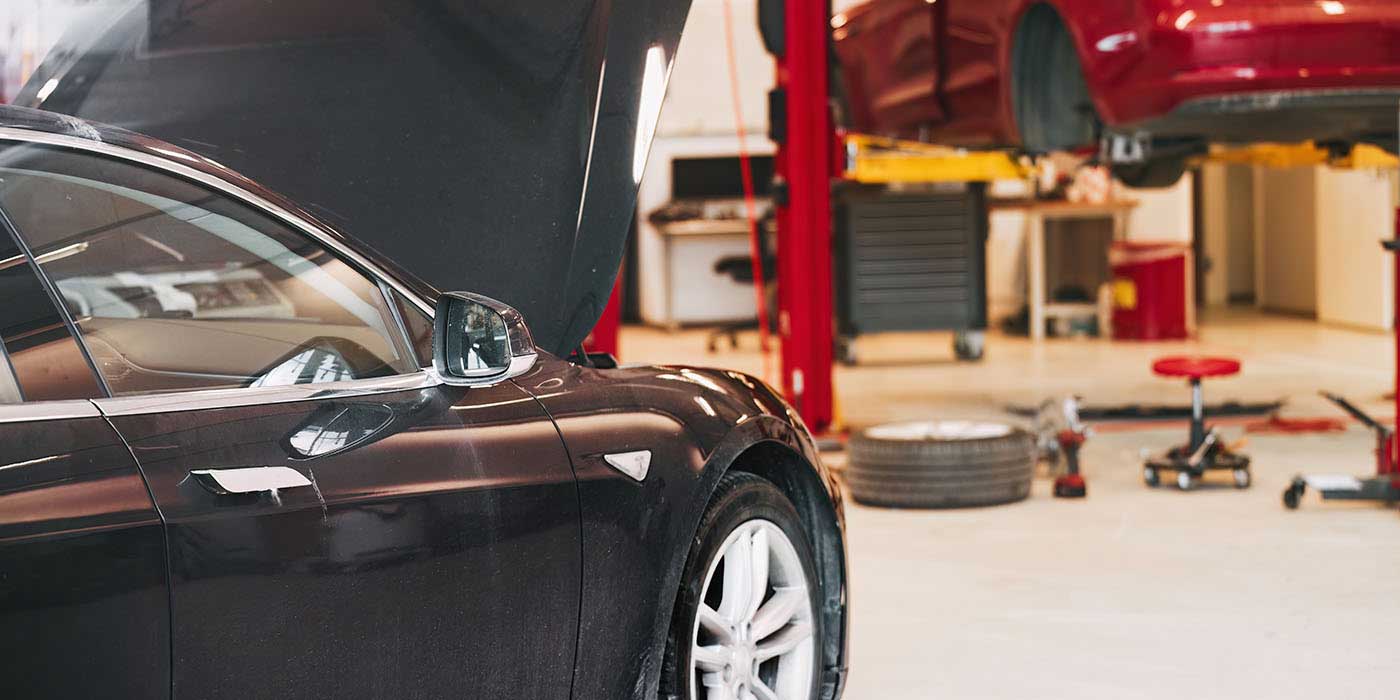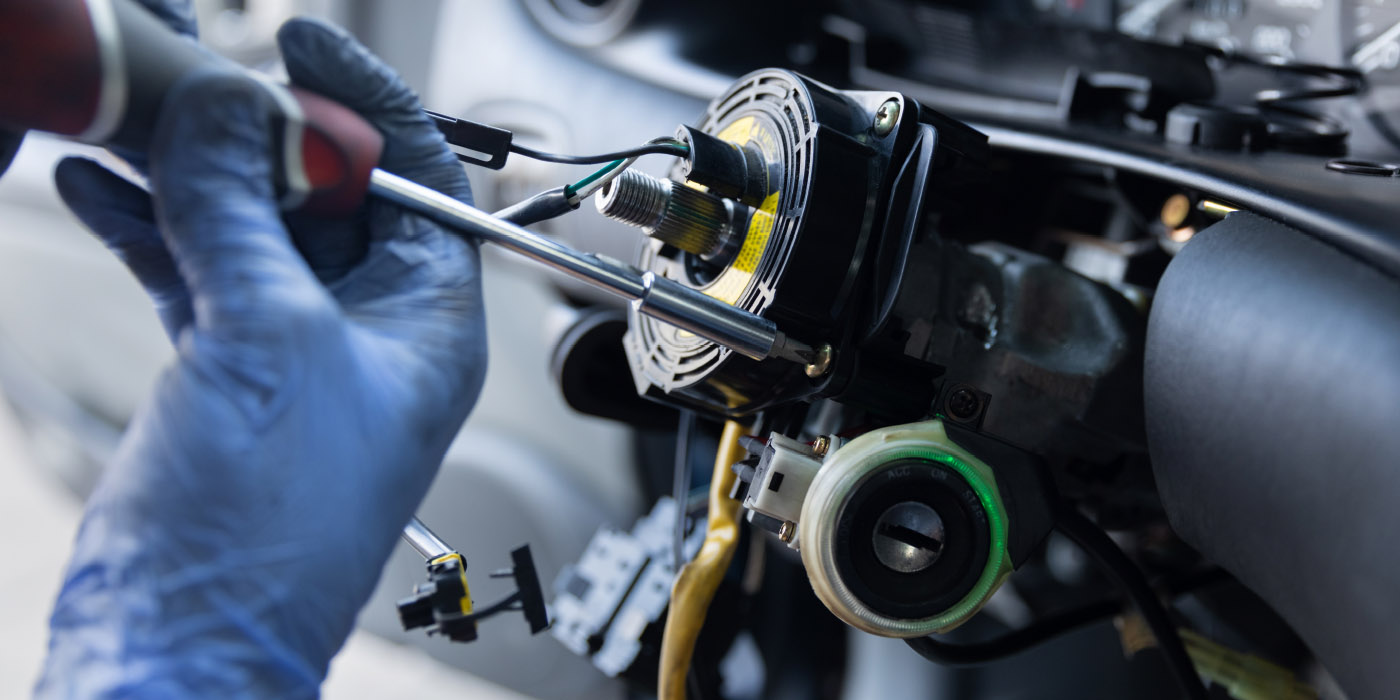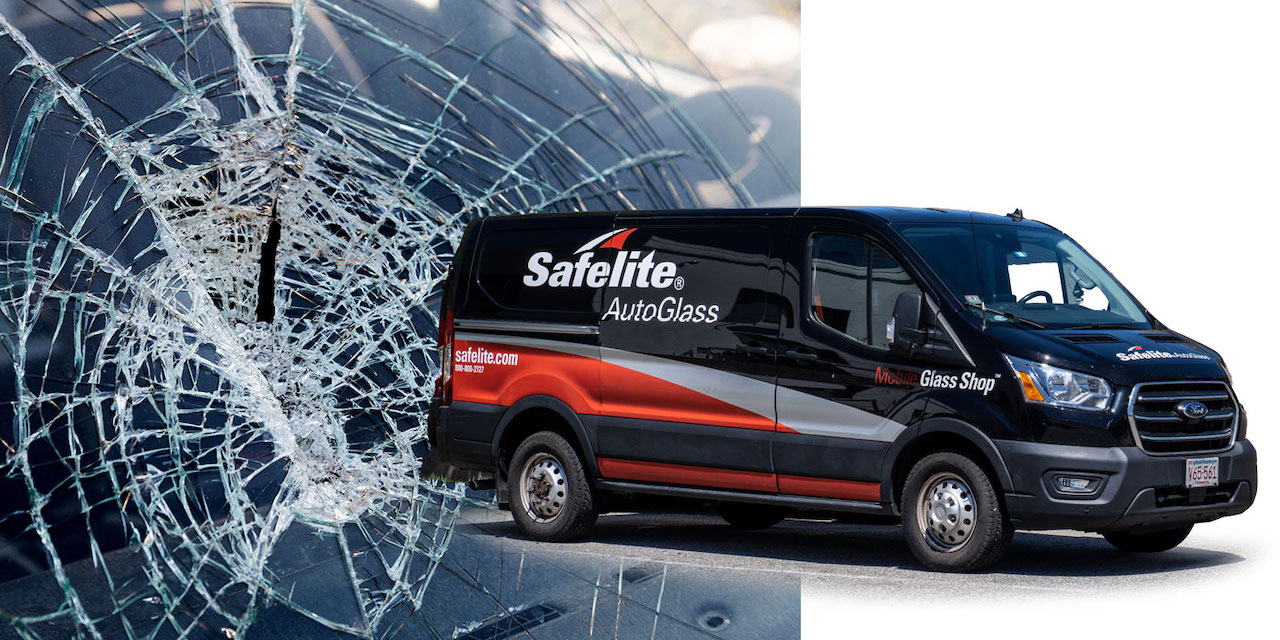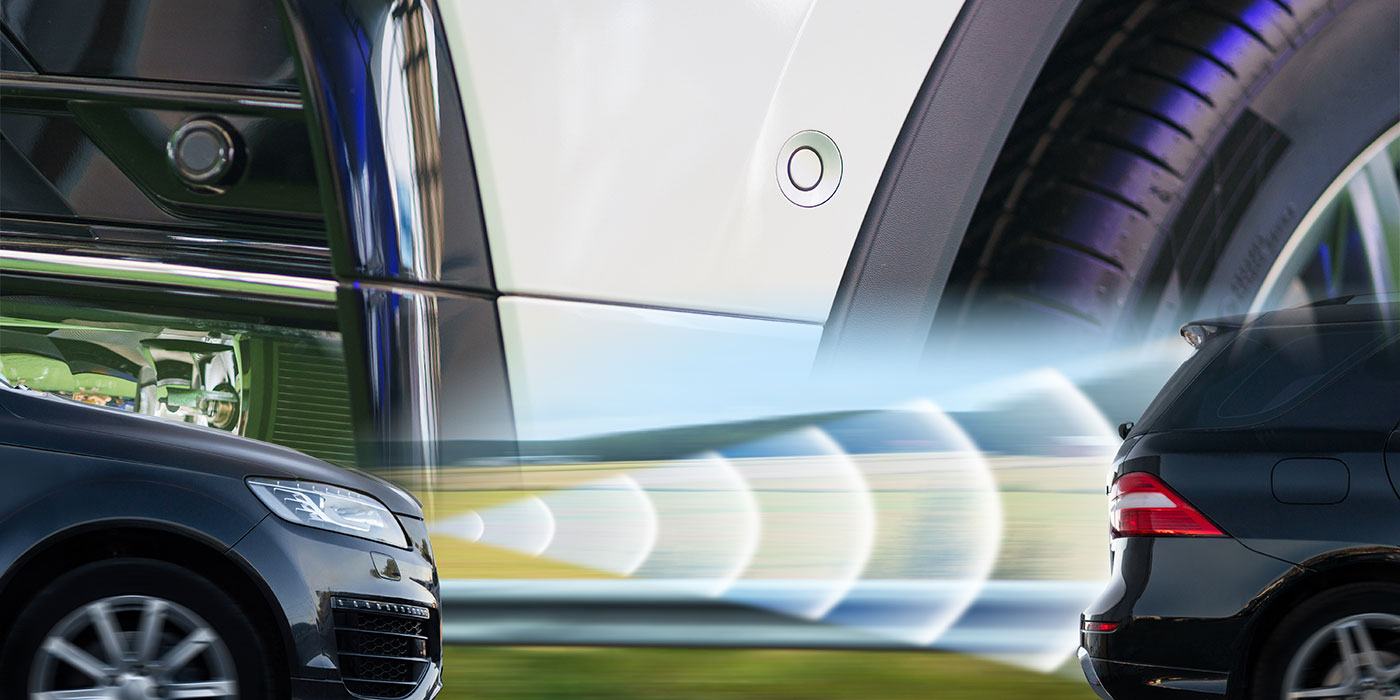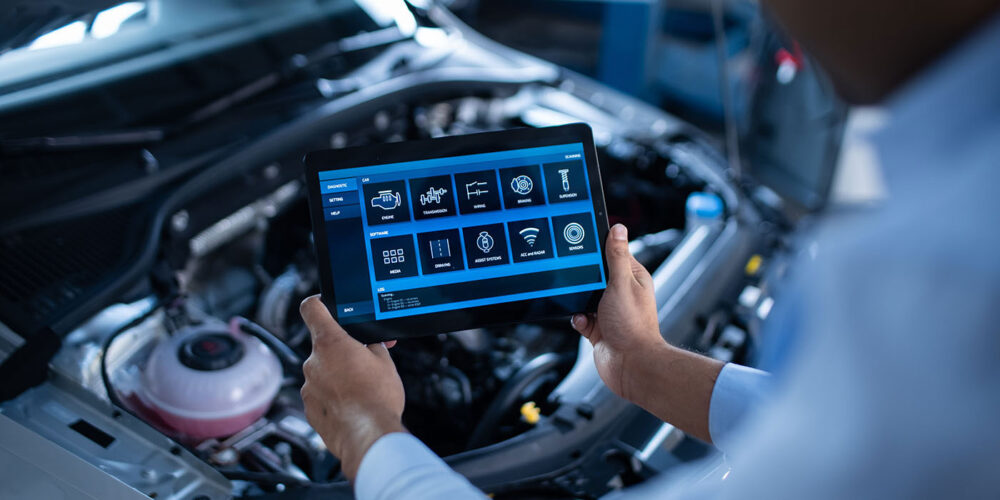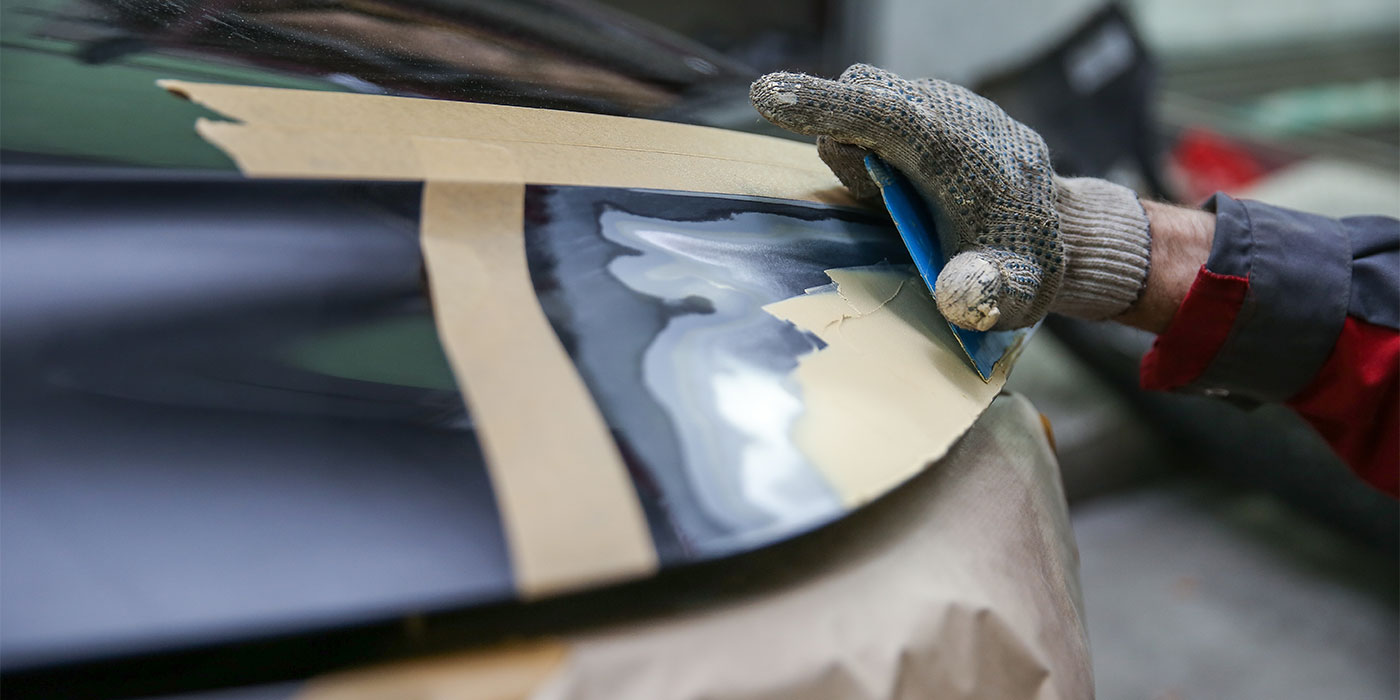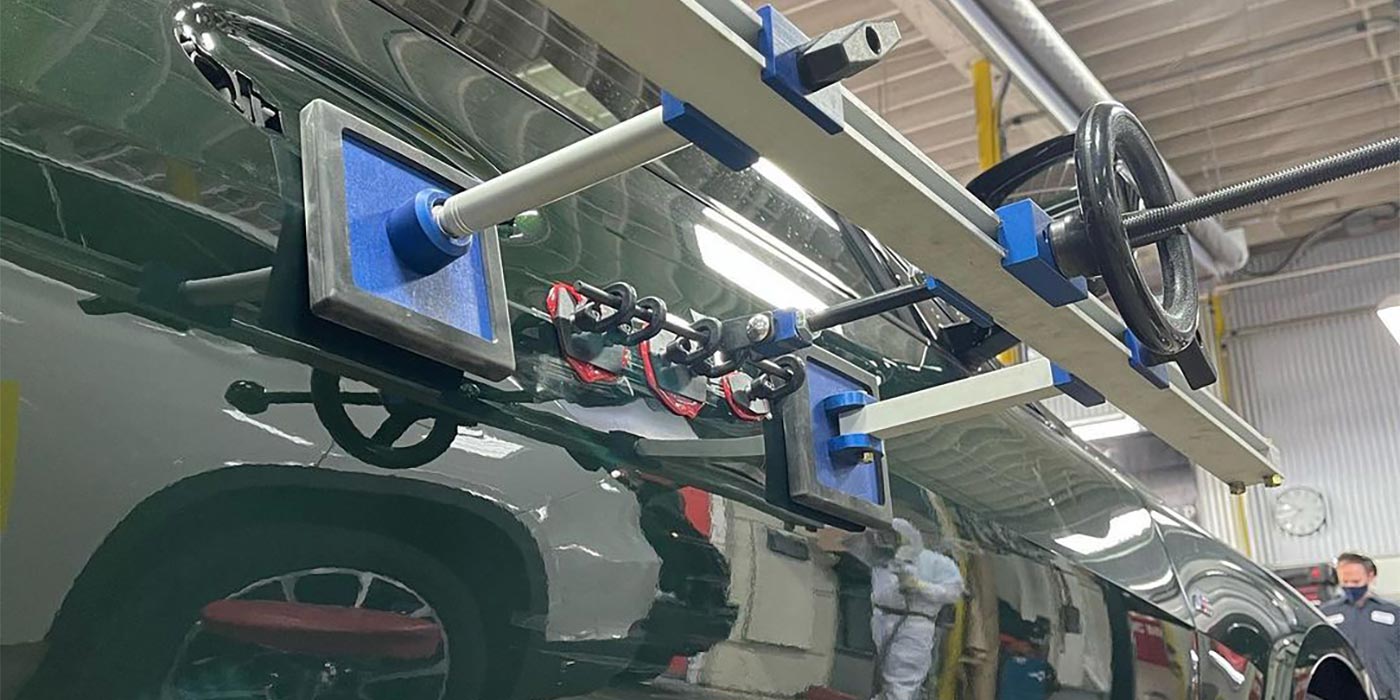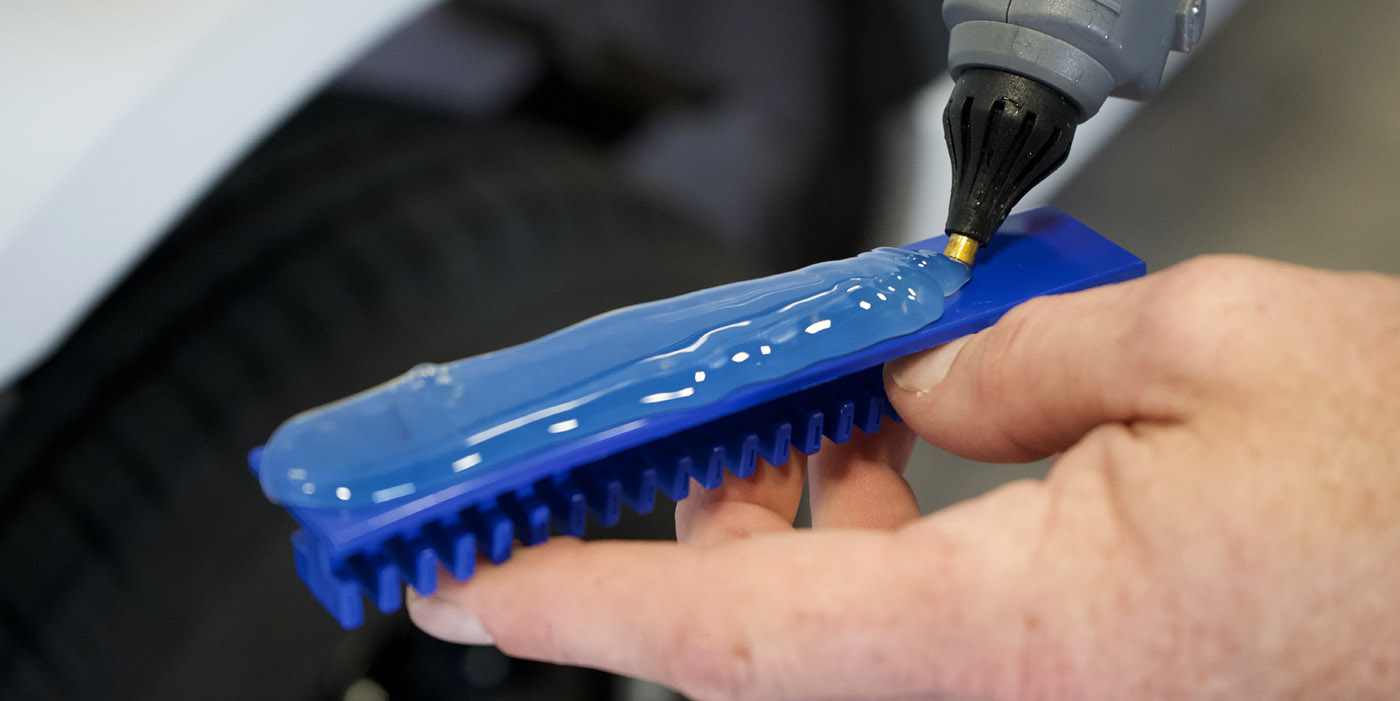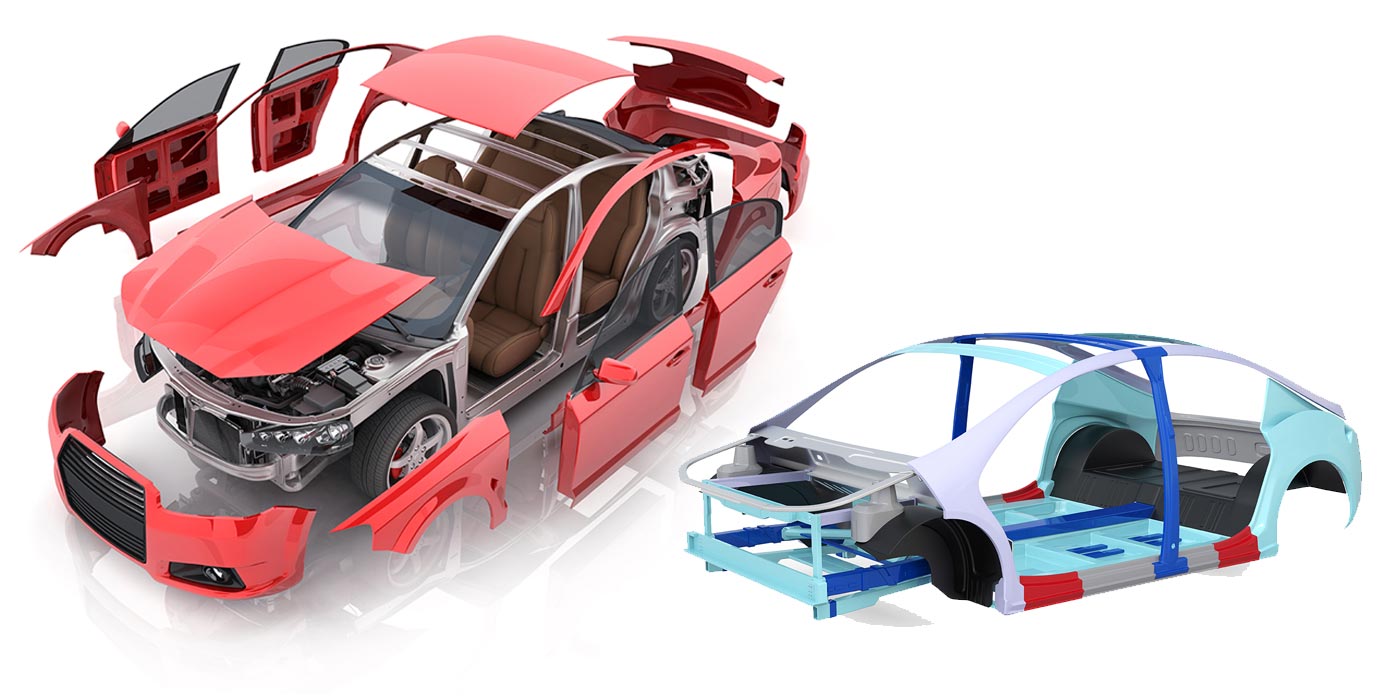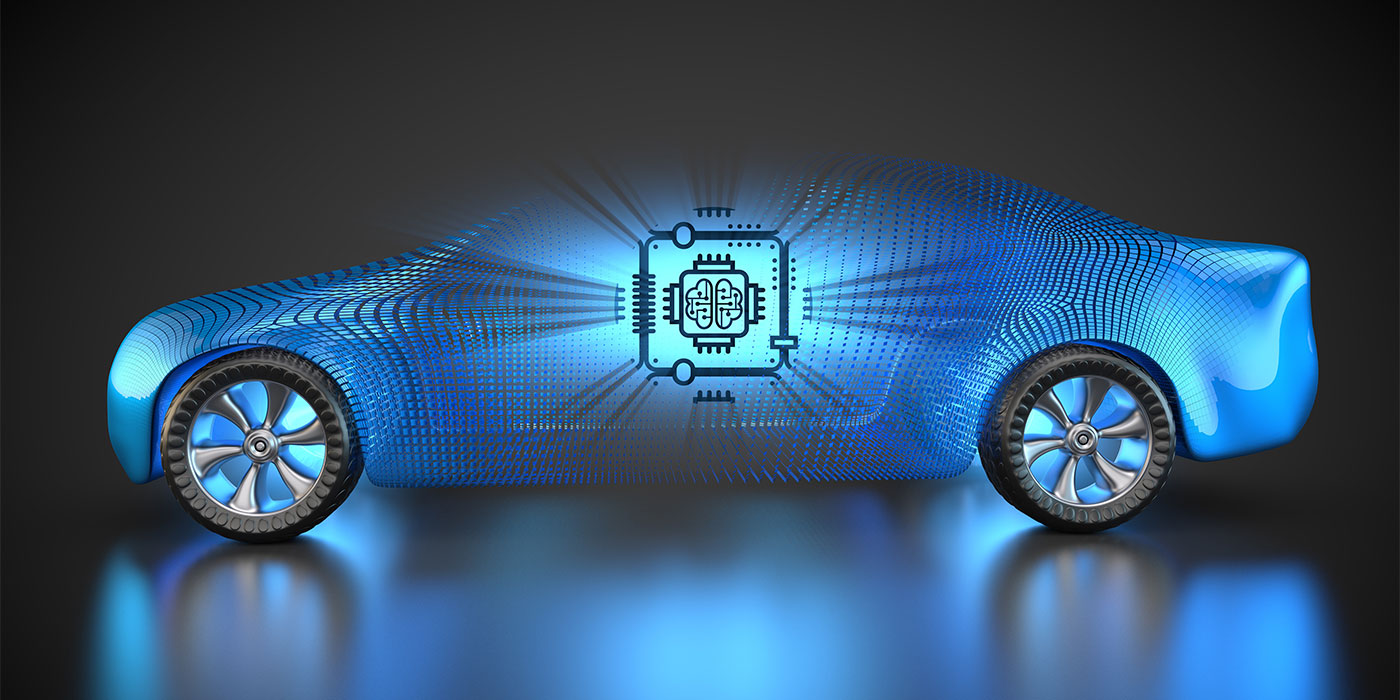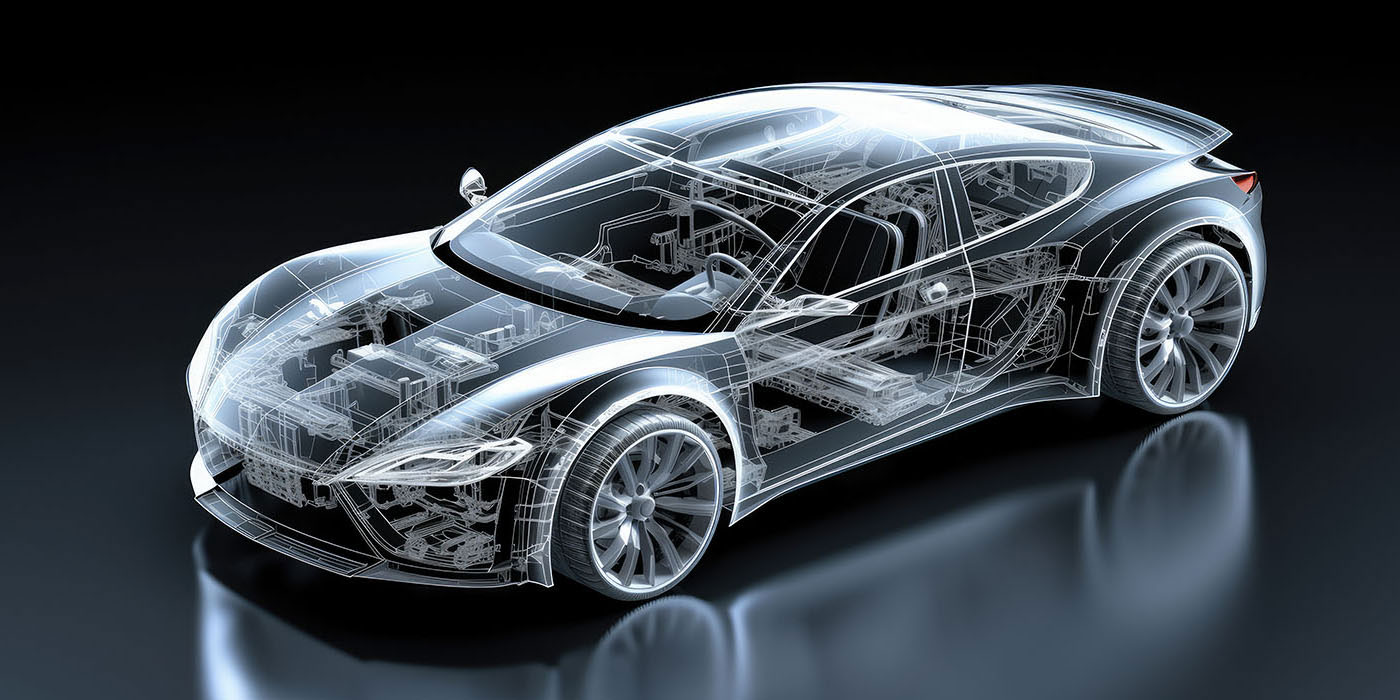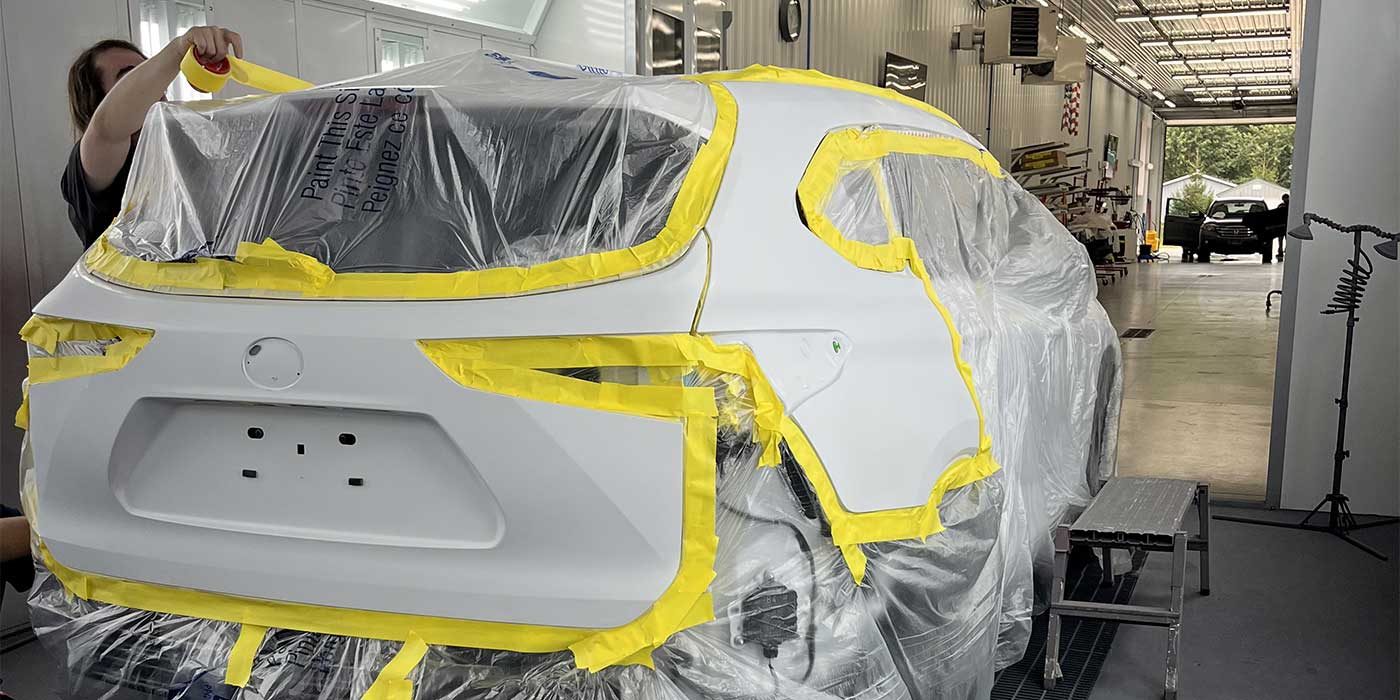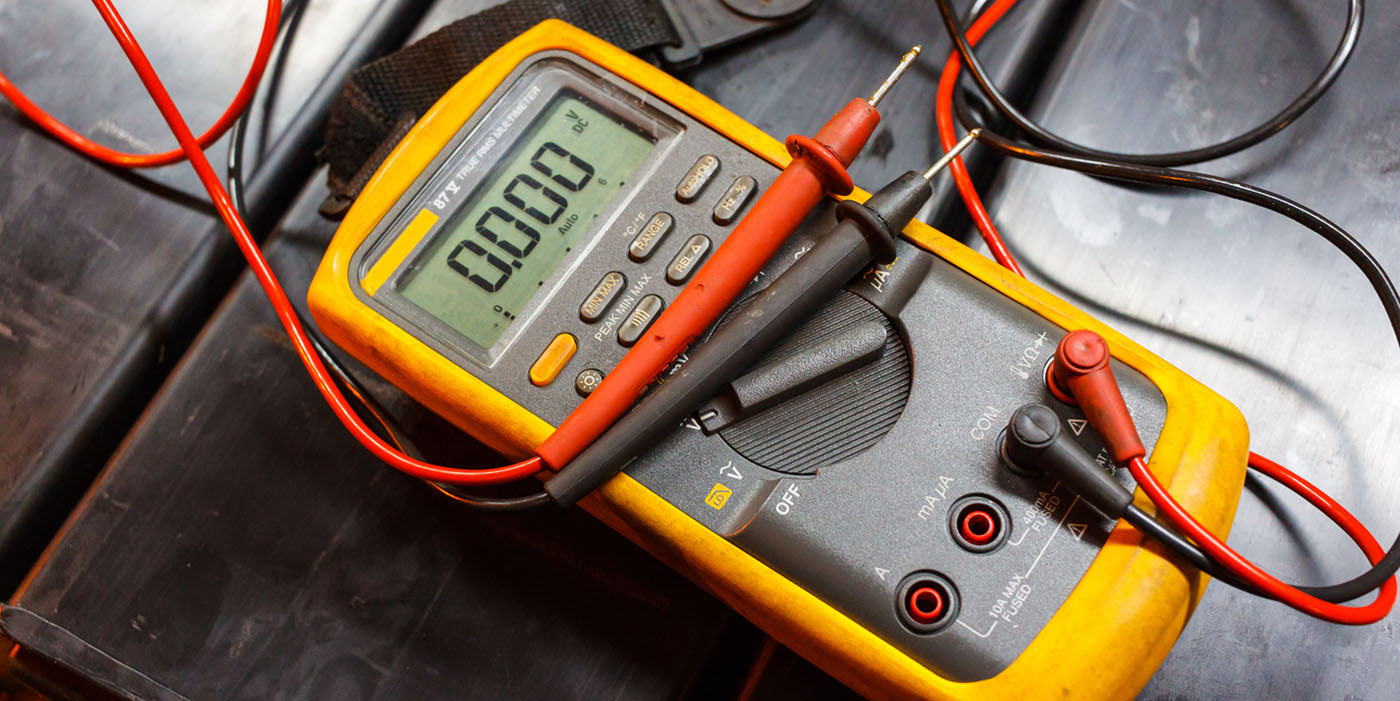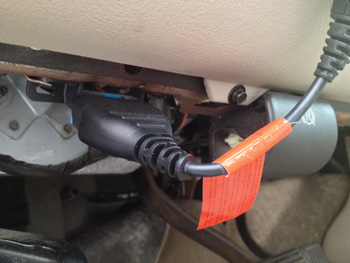 The collision industry amazes me, mostly in a good way. Today’s rapidly changing technologies keep things interesting in our shops. New vehicle construction materials, such as ultra high strength steel, plastics, composites and other materials, offer up challenges we didn’t have to deal with in the “good ol’ days.”
The collision industry amazes me, mostly in a good way. Today’s rapidly changing technologies keep things interesting in our shops. New vehicle construction materials, such as ultra high strength steel, plastics, composites and other materials, offer up challenges we didn’t have to deal with in the “good ol’ days.”
Rolling Computers
Perhaps the most challenging aspect of repairing newer vehicles remains the ever-increasing use of electronic systems. We no longer see “cars” in the shop but rolling computers.
Of course, we have to do our best to keep up with all the changes; there’s really no other option. A repair done wrong can be hazardous to the driver, the passengers and those sharing the road. And let’s not even mention the liability issues involved in a repair not performed to OEM standards.
No Issues Here
Has the collision business really changed all that much? Every day, I meet someone in a shop who says, “We are not having any issues with newer vehicles.”
My next question is usually, “Well, how do you know how to repair them properly so that the family you put back in that car is safe and the vehicle will perform correctly?” The response is often one I was hoping not to hear: “My technicians are the best. We’ve been doing it this way for 30 years and we know how to fix cars.”
Like I said, this industry amazes me. So what has changed in the last 30 years from a technology standpoint? Downloadable music has replaced CDs, which replaced cassette tapes, which replaced eight-track cartridges. Streaming video, DVRs and DVDs replaced VHS and Betamax (new on the market 30 years ago).
Thirty years ago, Radio Shack had the hottest computer system on the market…the TRS 80. And IBM marketed a personal computer with a 10MB hard drive and 128KB of RAM. And let’s not forget that your smartphone has replaced your Walkman, your folding maps and portable TV with telescoping antenna.
Vehicles from 30 years ago did not include dozens of control modules and sensors monitoring, regulating and directing everything. They didn’t have side-impact airbags or onboard navigation. They didn’t have collision-avoidance or hands-free parking systems. They didn’t have blind spot sensors, adaptive cruise control or lane departure warning systems. How about ABS, TPMS, ESC and all those other initials? Nope!
The only way to properly and safely repair vehicles today is by referencing OEM information. As one shop owner has said, “Without it, you’re flying blind!”
All this technology has made driving safer, more fuel efficient and more enjoyable. But sometimes a problem can come at you from left field. Here’s an example of a condition that might be especially difficult to solve without OEM information. This excerpt from OEM-issued information has been edited for the purpose of this article.
Real-Life Example
The real-life example involves 2006-2014 GM passenger cars and trucks where the aftermarket Assembly Line Diagnostic Link (ALDL) or Data Link Connector (DLC) interface devices are causing multiple issues.
Customers may comment on various issues with their vehicle related to high- or low-speed data bus traffic. These concerns may be widely varied, but some of the known issues are listed below.
The information contained in this bulletin is not meant to single out any one device or symptom, but to provide additional information that may be useful for diagnosing issues that do not have other diagnostic methods to identify the root cause.
The known symptoms (not specific to any one device) include:
- The radio may not shut off after shutting down the vehicle.
- Bus or LAN traffic may stay active, leading to a discharged vehicle battery.
- Problems reprogramming modules either because of interference or the device will not allow the bus to power down.
- ONSTAR may lose the ability to provide diagnostic data.
- Various engine and transmission performance issues with SES light set.
- Intermittent drivability issues.
- Reduced power message and codes.
- Stabilitrak message and codes.
- C0561 stored in the EBCM leading to a traction control issue.
- No high speed LAN communication along with various communication U-codes.
- Transmission may not shift for one key cycle (TCM in default mode).
- Erratic gauge readings or flickering displays.
- SES, MIL or CEL light set and numerous DTC communication codes such as U0100, U0101, U186B and U1862.
- Diesel power-up devices causing no power in 4WD low range.
- Erratic electric power steering boost potentially associated with codes U2109, U2107, U2100, B1325 and C0000.
- Service Tire Pressure Monitoring (TPM) system light illuminated. Cannot relearn TPM.
- Specific to hybrids: reduced propulsion power message. Service high voltage charging system message.
Cause
If nothing else can be identified as the root cause of the issue after normal diagnostics, check for a device plugged into ALDL or DLC for tracking and/or maintenance interval scheduling. Monitoring devices, along with other electronic accessories such as aftermarket cruise control or police speed checking devices (RADAR or LIDAR) may cause one or more of the concerns listed above.
Many of the problems described could be caused by an open connection on the HSCAN bus. Example: if the device only makes connection with one CAN +, then it will cause bus errors and erratic ECU behavior.
These devices may be removed by the customer for use in another vehicle while their vehicle is brought in for service. The intent of this bulletin is to identify potential sources of concern that do not have other diagnostic methods to identify them.
What Has Changed?
As you walk around the vehicles in your shop today, ask yourself what has changed in your business over the last 30 years. Then ask yourself, “What do I need to do to keep on top of the changes happening in the next 30 years?”
NOTE: This repair/service information is excerpted from information published by the vehicle manufacturer and is intended for the purpose of promoting OE collision repair information to trained, professional technicians with the knowledge, tools and equipment to do the job properly and safely. Before attempting any repairs described, refer to the complete article in ALLDATA Collision S3500. It is recommended that these procedures not be performed by “do-it-yourselfers.”
Karl Kirschenman, ALLDATA collision product manager, holds a bachelor of science degree in communication. He has more than 10 years of experience in the collision industry.
© 2014 ALLDATA LLC. All rights reserved. All technical information, images and specifications are from ALLDATA Collision S3500. ALLDATA and ALLDATA Collision are registered trademarks of ALLDATA LLC. GM, ONSTAR and Stabilitrak are registered trademarks of General Motors. All other marks are the property of their respective holders.

